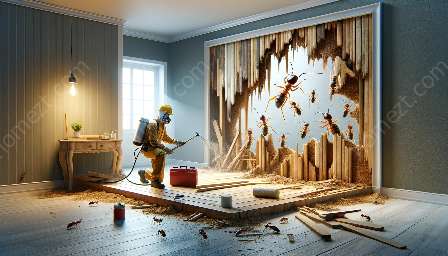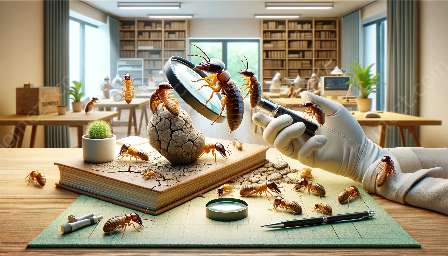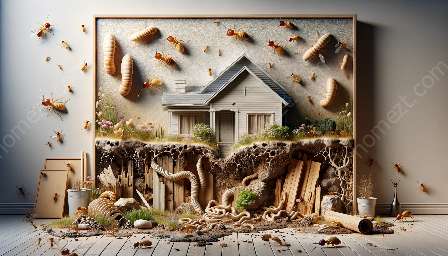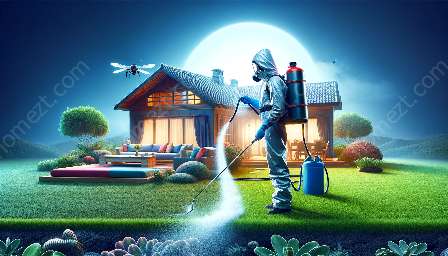Termite infestations are a common and destructive problem that can wreak havoc on homes and buildings. Understanding the patterns of termite infestations is crucial for effective pest control and management. This topic cluster delves into the behavior of termites, the signs of infestation, and strategies for preventing and addressing termite problems.
Understanding Termite Behavior
Before delving into infestation patterns, it's essential to understand the behavior of termites. Termites are social insects that live in colonies, and they play a vital role in ecosystems by decomposing cellulose materials. However, when termites invade human structures, they can cause extensive damage.
Types of Termites: There are three main types of termites: subterranean, drywood, and dampwood. Each type has different habitat preferences and infestation patterns.
Patterns of Infestation
The patterns of termite infestations can vary based on the type of termite and environmental factors. Subterranean termites typically build mud tubes to access above-ground food sources, showing distinct patterns of tunneling behavior. Drywood termites, on the other hand, infest wood without needing soil contact, leading to unique patterns of damage within wooden structures.
Signs of Infestation
Recognizing the signs of termite infestation is crucial for early detection and intervention. Common signs include:
- Mud Tubes: Subterranean termites construct mud tubes as protective pathways, which are visible on surfaces like walls and foundations.
- Wood Damage: Look for hollowed or damaged wood, as termites feed on cellulose materials, weakening the structural integrity of wood.
- Discarded Wings: After swarming, termites shed their wings, leaving behind evidence of their presence.
- Droppings: Termite droppings, also known as frass, resemble tiny pellets and indicate active infestations.
Prevention and Control
Preventing termite infestations and implementing effective pest control measures is essential for protecting properties from damage. Strategies for prevention and control include:
- Regular Inspections: Conduct routine inspections to detect early signs of infestation and address issues promptly.
- Moisture Management: Address moisture issues, as termites are attracted to damp and humid environments.
- Sealing Entry Points: Seal cracks and crevices to prevent termites from gaining access to the structure.
- Professional Treatment: Consider professional pest control services for comprehensive termite treatment and management.
Conclusion
Understanding termite infestation patterns and implementing effective pest control strategies are essential for preserving the integrity of buildings and properties. By recognizing the behavior of termites, identifying signs of infestation, and implementing proactive measures, individuals can combat termite problems and safeguard their investments.




















































